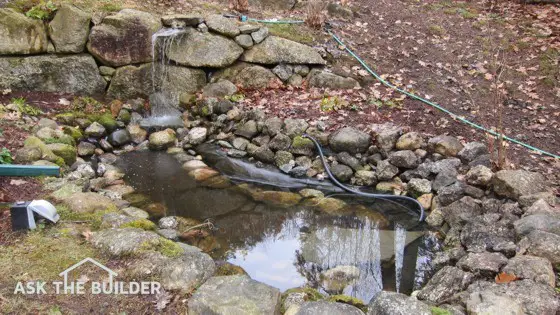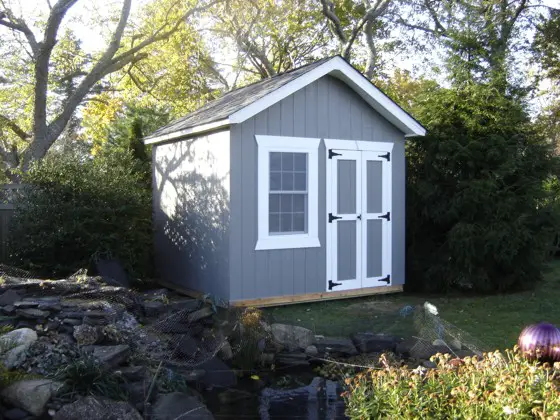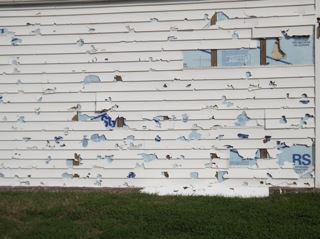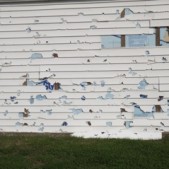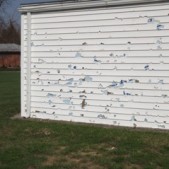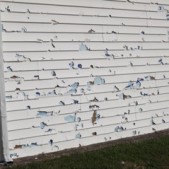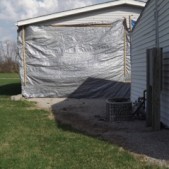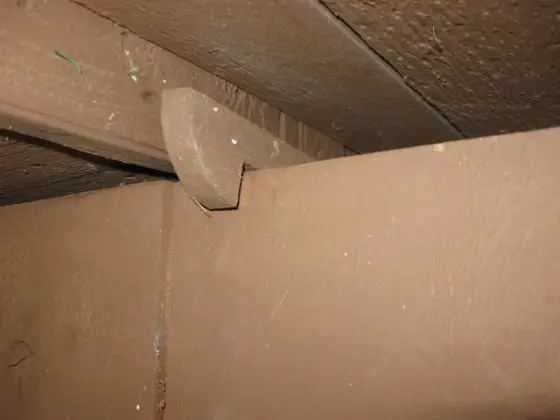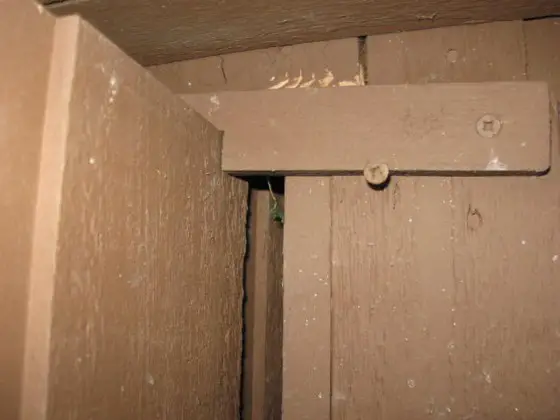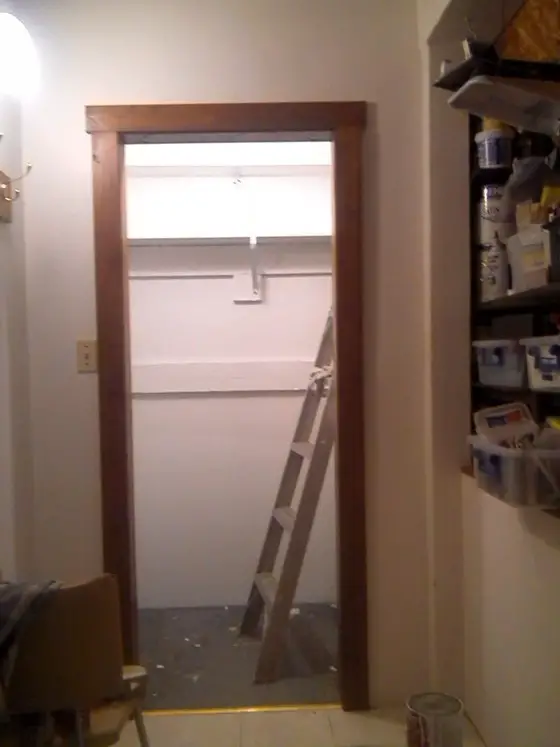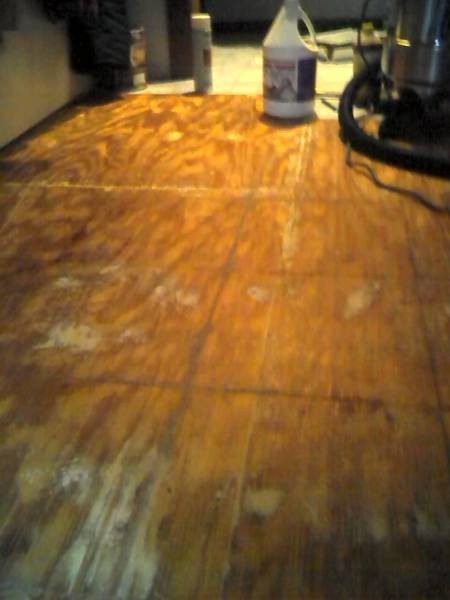DEAR TIM: I've been trying to convince my husband to build a small garden pond that has a waterfall for me. He claims it's too hard and talks about all the challenges. What does it take to build one? Do you need to rent expensive equipment? Do you need special skills? Can you point me in the right direction, as I think I'll just surprise him and show him he's not dealing with a pushover. Vicki B. Nashville, TN
DEAR VICKI: It's hard for me to answer a few of your questions because I'd need to know the soil conditions at your home. But let's assume that you've got a clay soil that has few rocks in it. I'll also assume that there's no hardpan or other hard layer close to the surface. If you have nice soil that's not too hard to dig, you can do this. The biggest reason you'll succeed is you have the right attitude.
As crazy as this sounds, you just need one or two shovels, and maybe a wheelbarrow. If your land is pretty flat where you want the pond, then you don't even need the wheelbarrow as the dirt you dig to make the hole for the pond will be used to build the hill that will form your waterfall.
I prefer to use a round point shovel to do the major part of the digging. This shovel has two curved edges that meet at a point at the tip of the shovel. This shape is perfect for cutting into moist soil. I use a flat garden spade with a flat edge for trimming and creating platforms within the pond.
If you're lucky enough to have a somewhat sandy clay soil, they seem to dig easier if they're damp. Some clay soils get very sticky when they're too wet, and the clay sticks to the shovel. You'll have to experiment to see what are the best soil moisture conditions to dig. If you need to add water, just turn the sprinkler on to water the soil to get it right.
Many garden ponds are about 18-24 inches deep at the deepest part. The depth of the pond is dependent upon what you're going to have in it. If you want water lilies and other aquatic plants, you need to plan the pond so the plants are at the proper depth.
Some ponds have shelves or flat ledges on the sides as you shape them. These shelves can have shallow plants on them and are great places to place decorative rocks that you can see through the water. I'd spend some time drawing out what you want and thinking about how much water you want over the features in the pond before you start to dig.
Frogs and other creatures that will find the pond love to hang out in and about rocks that are in the pond. You need to plan for this so you don't make the pond too small. The pond may look big when you dig it, but as you fill it with stone and rocks, all of a sudden there's little room for water!
The best liner I feel for a small garden pond is black commercial rubber roofing material. It comes in giant rolls and you can often get a nice piece of scrap roofing left over from a roll for a decent price. Call several commercial roofers and see who can supply you with what you need. Find out the biggest piece you can get so you can line the pond with one continuous piece. You want to avoid seaming the rubber at all costs.
I like to make a dirt curb that's at least 5 inches high around the pond. You lap the rubber roofing over this curb and extend the rubber at least a foot into the yard around. Place rocks on the top of the curb to hide the rubber and hold it in place. This curb stops surface water from flooding into the pond in periods of heavy rain.
The most challenging aspect of the pond is creating the waterfall. You can make a stone cliff of sorts to create the elevation needed for the fall. I like to use a 1-inch inner diameter black rubber hose to connect the submersible pump that's hidden by rocks in the pond up to the outlet at the top of the waterfall.
I recommend that you use another piece of rubber roofing material to help you construct the waterfall structure. This secondary piece of rubber drops down into the pond and you hide it with rocks.
The purpose of this is to catch any water that leaks or runs down the rocks. If you don't do this, water from the pond can soak into the surrounding soil and effectively drain your pond.
The electric power that feeds the pump must be protected by a ground fault circuit interrupter (GFCI) outlet to prevent outdoor shock hazards. If you don't know how to install one of these outlets correctly and safely, by all means hire a professional electrician for this part of the project.
You can watch an informative video that shows a garden pond with a waterfall and how to build one. Just click here “garden pond video”.
Column 928
